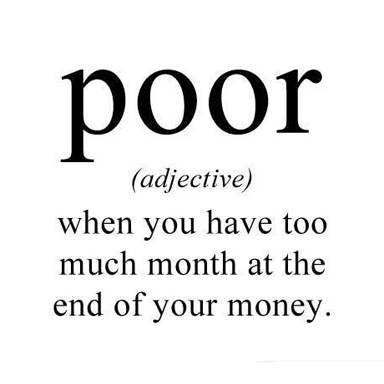The CARD Act that went into effect earlier this year was designed to level the playing field for consumers and banks. Credit card statements were supposed to be easier to read, and it should have been easier to determine how your payments are being allocated. It all sounds good but you know how I am: I like to read the fine print.

Check your latest credit card statement. Somewhere on the page it should list the interest rates that you are paying for your balances. Typically, purchases, balance transfers and cash advances have different rates, with cash advances usually being about double the interest of purchases. Next to each different interest rate should be the balance that you have that falls into each category.
Finally, somewhere up top it should tell you what your minimum payment is, and how long it will take to pay off your card if you just pay the minimum. It should also tell you how much you need to pay if you’d like to pay off your card within 3 years. They’re great changes to get you to see up from just how much your credit is costing you, just there’s one thing that it doesn’t say.
Before the reforms went into effect, banks would apply any payments first to balances with the lowest rate. This ensured that the balance with the highest interest rate kept racking up charges for as long as possible. Now, any payments above the minimum must first be applied to the balance with the higher interest rate. Here’s the kicker, though. If you only pay the minimum, that money will only be applied to the balance with the lowest interest rate.
You might be wondering why that’s a negative. Well, if you have a promotional interest rate for balance transfers – let’s say 0% – and also have additional balances like a cash advance at 29.99% on the same card, then by paying only the minimum, you’re only reducing the balance on the debt that costs you nothing while racking up interest on the cash advance. This might actually end up costing you a ton of money in the long run. How do you avoid this? Simple. You must pay more than your minimum payment amount. Anything that you pay above and beyond the minimum must then be allocated to the balance with the highest interest rate.
Paying more than the minimum has always been a good practice, but now you have even more incentive to do so.
This post was included in the
Carnival of Personal Finance #269: THE DIVA$ EDITION hosted by Miss Thrify.






















